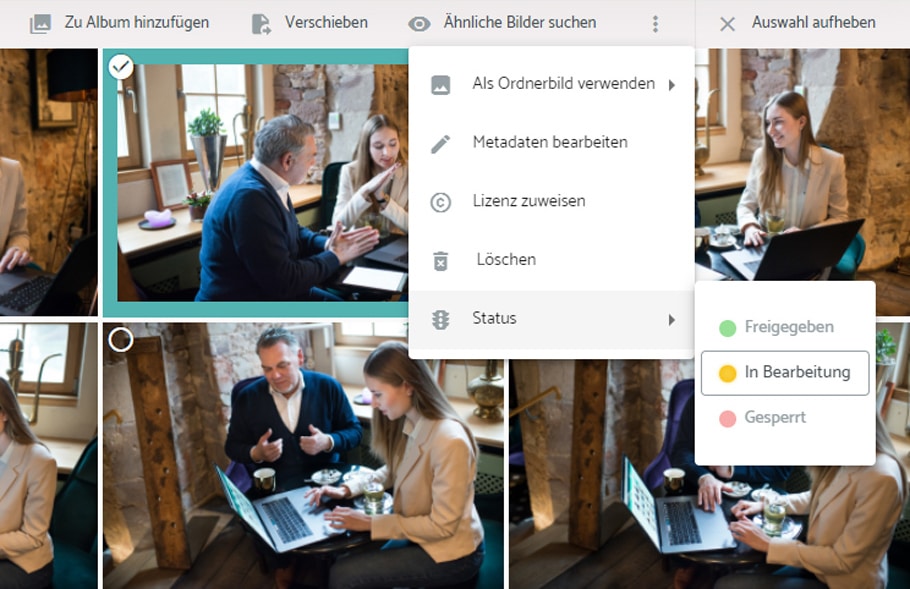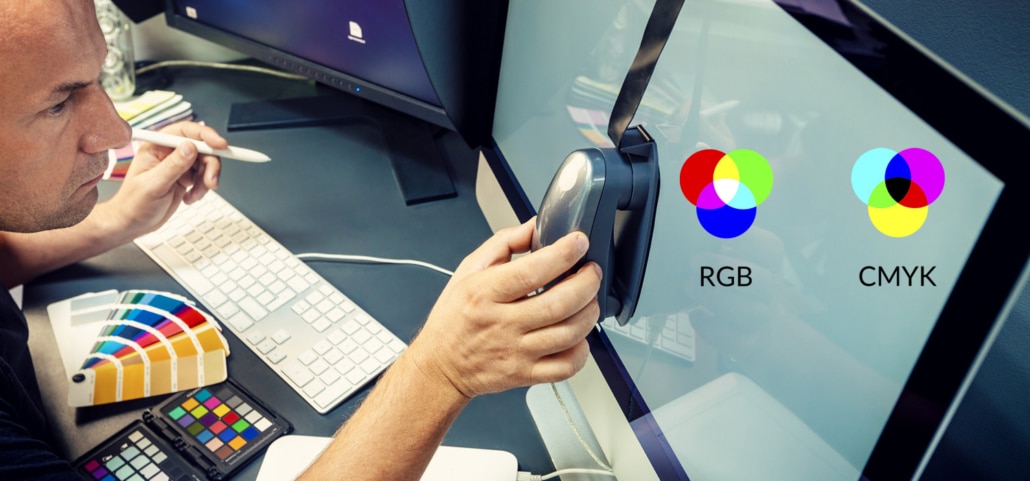A basic principle of professional image management is to store all files centrally, in their original version and with a unique file name. If the content is required in a different resolution or format, the system always reverts to the centrally stored original file. Even when creating albums, collections, or other curated compilations, the files are not physically copied, but made available virtually. In other words, no unnecessary copies are created that remain permanently in the system; instead, file references are used. This keeps the system lean and efficient.
Basically, of course, the functional area of release and distribution is also very important. As a rule, access and editing rights can be flexibly assigned to individual users in the company. This makes it possible to better distribute content and increase the degree of utilization of existing media assets. In addition, metadata can be processed particularly efficiently with modern image management systems. Batch processing tools such as bulk indexing and renaming, auto-import, and find-replace functions can greatly speed up tasks related to metadata optimization.

 https://www.teamnext.de/wp-content/uploads/2022/07/digital_asset_management_dam_header.jpg 490 1200 Björn Buxbaum-Conradi https://www.teamnext.de/wp-content/uploads/2022/03/teamnext-mediahub-logo-bunt.svg Björn Buxbaum-Conradi2022-07-18 10:37:472023-11-16 17:34:56What is digital asset management? Get to know the advantages
https://www.teamnext.de/wp-content/uploads/2022/07/digital_asset_management_dam_header.jpg 490 1200 Björn Buxbaum-Conradi https://www.teamnext.de/wp-content/uploads/2022/03/teamnext-mediahub-logo-bunt.svg Björn Buxbaum-Conradi2022-07-18 10:37:472023-11-16 17:34:56What is digital asset management? Get to know the advantages



